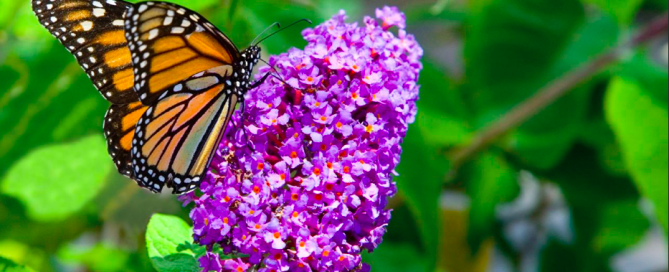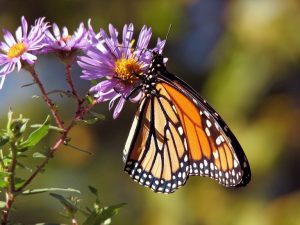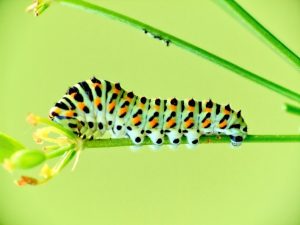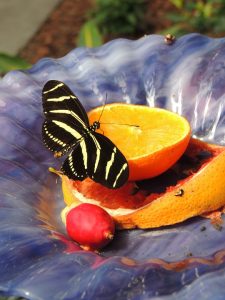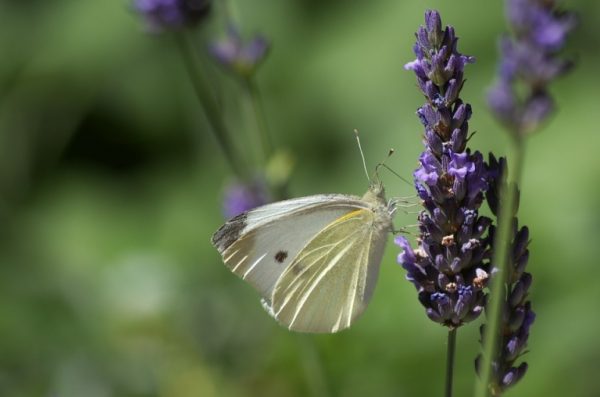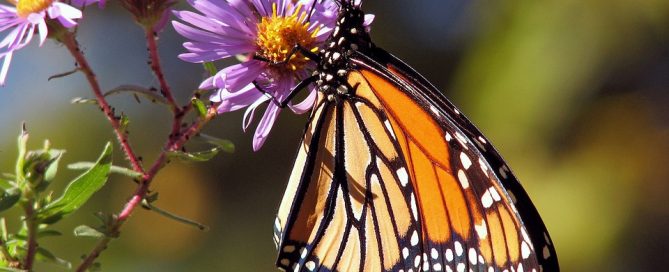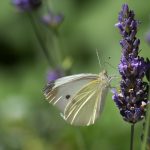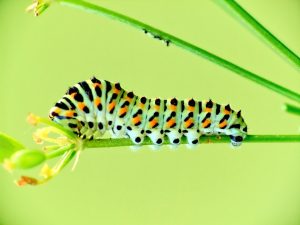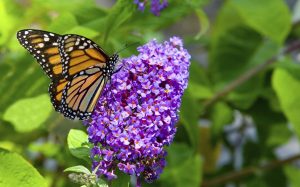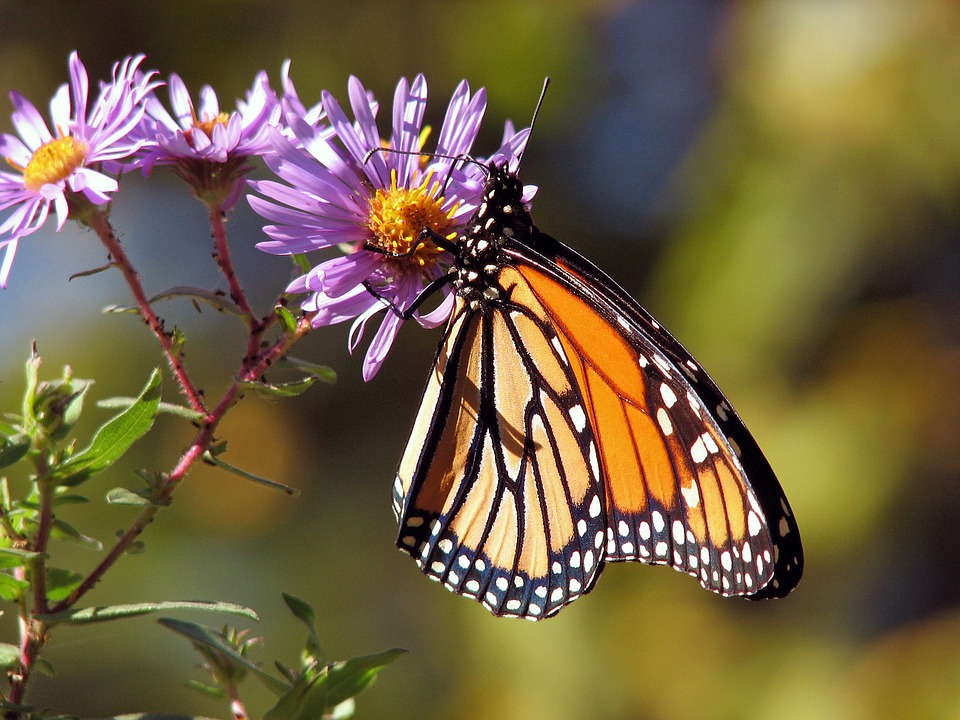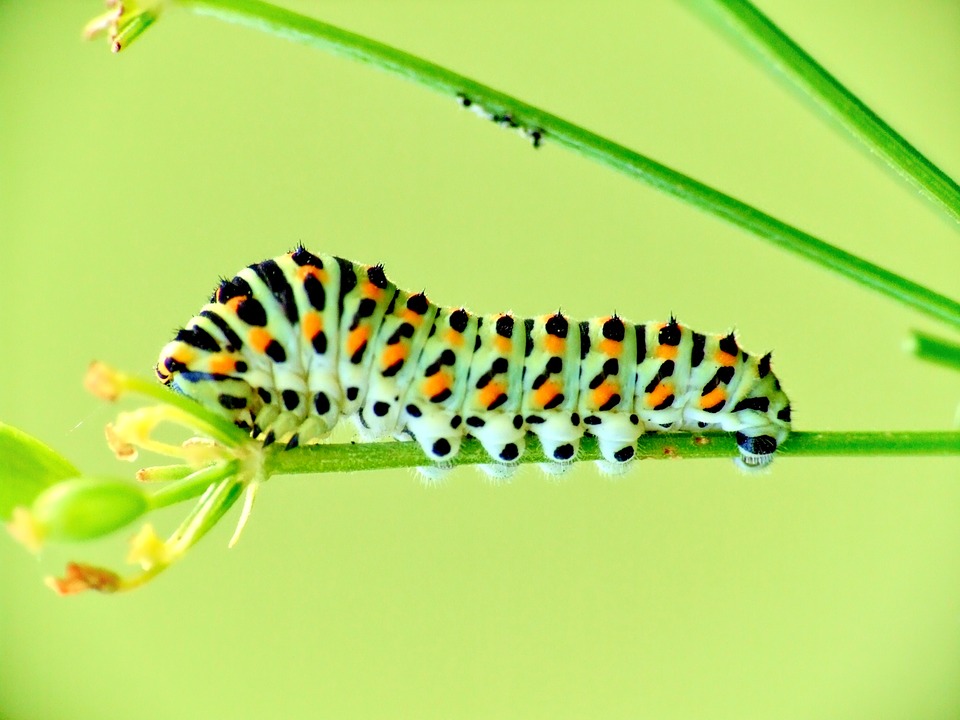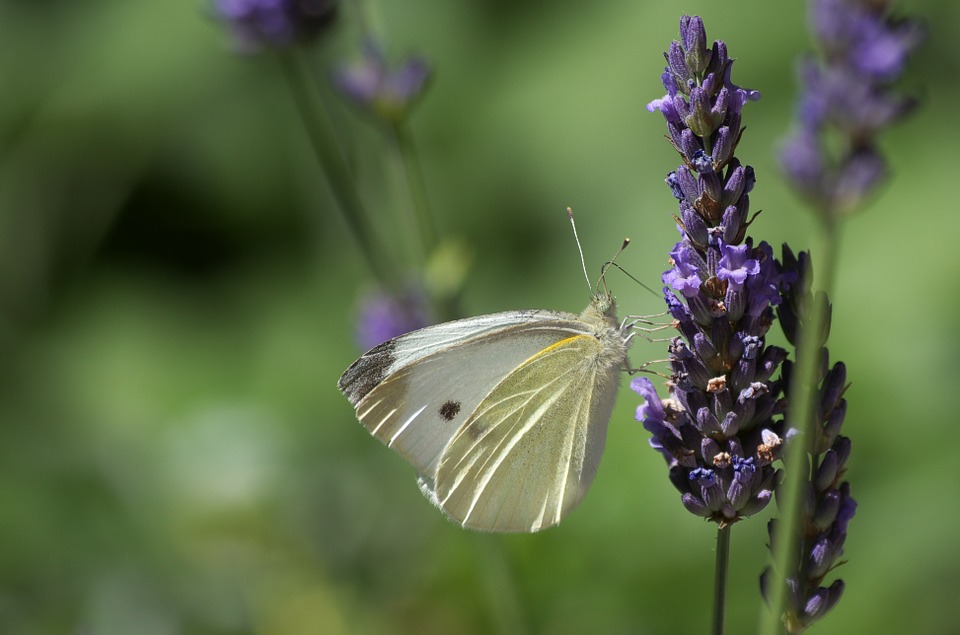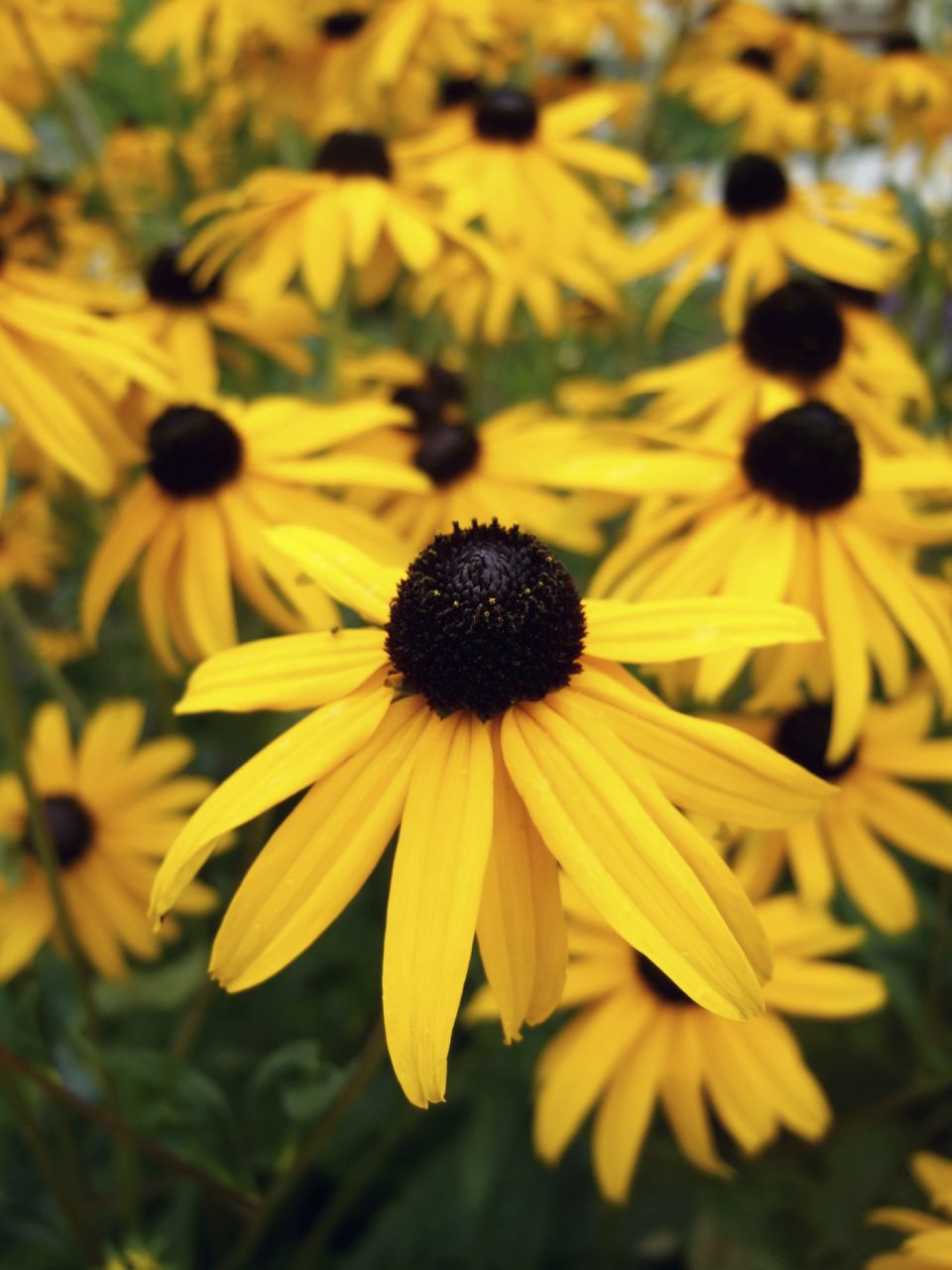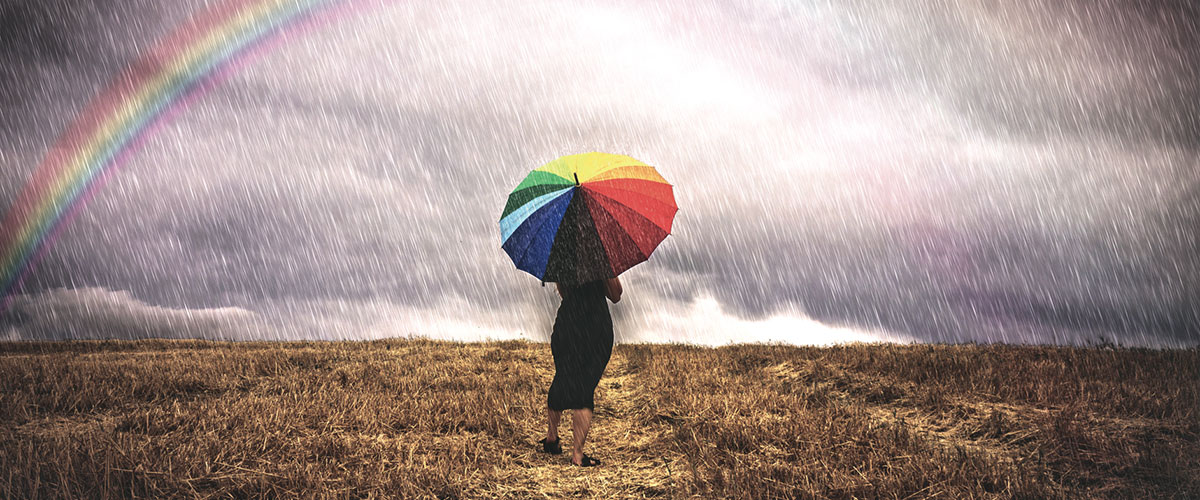Landscaping: Making a Home for Monarch Butterflies
According to the Center for Biological Diversity, the Eastern Monarch Butterfly population fell again this past February.
The yearly count they say: “continues to show a dramatic decline in this imperiled species.” And to many, these beautiful nectar-feeding insects have become the face of wildlife extinction.
“Isn’t it wonderful, then, that we can do our part to help prevent this decline,” says Deck and Patio’s Dave Stockwell.
“It can be difficult for these pollinators to find pure food sources causing them to use a lot of energy just hunting for food. So we love that many of our clients ask us to plant flowers that will attract them.”
In addition to adding the right plants, Dave says it’s also key to create a safe habitat for their caterpillars. Some herbs are ideal for that; Dill and Dutchman’s Pipe, for example, not only provide caterpillars food, but also protective cover before they turn into butterflies.
Organic gardening and environmentally-friendly lawn care products also go hand-in-hand with attracting and protecting the pollinators.
“Earth-friendly lawn and plant care is very possible,” says Dave. “It isn’t essential to go for a fast kill of plant disease and pests. In doing that, you might also hurt helpful organisms in the process. Heavy use of toxic chemicals are also dangerous to pets and children. It is much healthier to control them — and protect butterflies and other pollinators in the process — through a more organic approach.”
Out friends at Hicks Nurseries suggest that tubular-shaped plants or “Umbrels” provide a wonderful sanctuary for butterflies. These give them a landing plant filled with nectar just waiting for them, says one of their experts, who also suggests a seasonal approach that not only provides multi-seasonal color in gardens, but extra months of safe, bountiful habitats.
In spring, you can plant Columbine, Bachelor Buttons, Bleeding Hearts, and Dianthus, for example. In summer, there’s 30-40 plants to choose from, including Black Eyed Susan, Butterfly Weed, Butterfly Bush to name just a few. In fall, there’s Sedums, Joe Pye Weed, Asters, and Golden Rod.
Butterflies will get plenty of moisture from droplets left from sprinklers, morning dew, etc. “However, they do seem to love oranges, not only for food, but to quench their thirst,” says Caldwell.
Note: To keep ants away from the fruit, put the slice on a smaller dish and insert it into a larger one with water. Also, cut fresh slices into the fruit every day.
“It’s wonderful that so many Long Islanders are helping the environment, in their own quiet way,” says Dave. “They celebrate Earth Day, every day, by creating safe, beautiful habitats for butterflies and other pollinators.”
As the name implies, Butterfly Bush is a great choice for attracting butterflies in the summer. “They can reach up to 6-8 feet in height,” says Hicks Nurseries. “They’re fast growing and don’t need a lot of care.”
Dave Stockwell says that Lavender (shown here) is another plant butterflies love. “It also gives off a calming peaceful scent. There are several types of lavender that bloom at different times — so you can have its perfume from spring nearly through fall.”
Great for attracting butterflies, these biennials are also a haven for other pollinators like bees. Their bright yellow petals and dark centers can’t help but make you smile.

